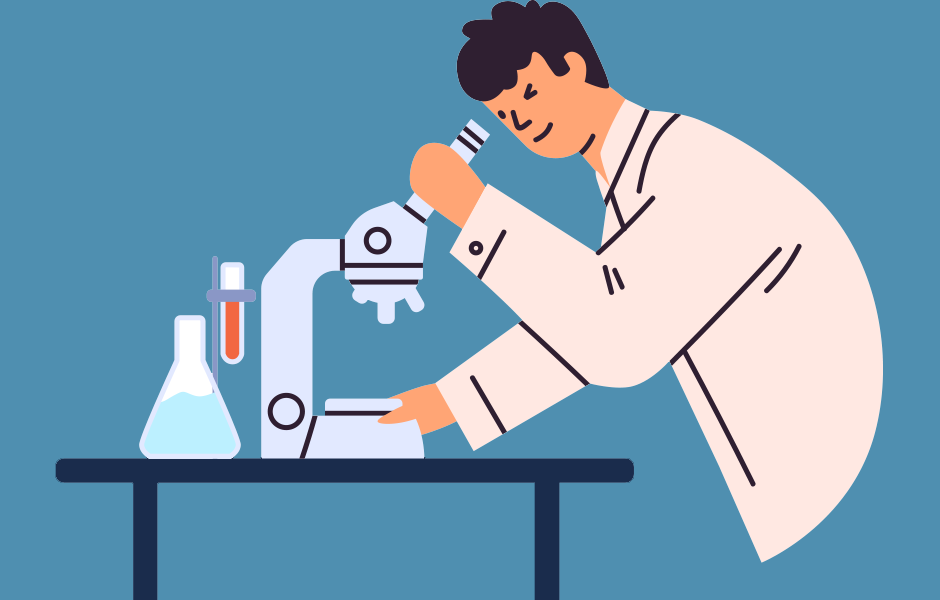This week (14-16 May) is National Women’s Health Week in the US. After decades of under-representation of women’s health issues, what can the industry do to close the gender health gap?
Words by Jade Williams
Historically, the world was built for the male body. Even today, modern offices are set to an average temperature of 22 degrees Celsius, which is five degrees too cold for the majority of women, and there is a lack of infrastructure globally to support those who are breastfeeding.
One would hope that such inequalities would not extend to healthcare, but unfortunately, women and their health issues have historically been equally underrepresented in research and government policy around the world. While women’s health has finally come out of the shadows in the last decade, more attention is certainly needed. How can the pharmaceutical industry do to make a difference?
Clinical research
It may come as a surprise to some that it was not until 2016 that the National Institute of Health required biomedical trials to be conducted in both women and men.
Speaking at WIRED Health 2023, Jennifer Garrison, Co-Founder and Director, Global Consortium for Reproductive Longevity and Equality, highlights that the failure to do this earlier means that decades of clinical data have been conducted using only the male body.
“If we’re only collecting data in male animals and male humans, we’re missing a lot of the vulnerabilities that are specific to women,” Garrison remarks. She goes on to point out that of FDA-approved drugs that have been withdrawn from the market, 80% were withdrawn because of adverse effects in women. “It turns out that women and men are different.”
Policy pitfalls
It hasn’t helped that women’s health has traditionally been low on the political agenda around the world, too. In England, the first women’s health strategy was only launched in 2022, pledging to conduct new research into women’s health issues, educate and train healthcare professionals to assess women’s health and fund breast screening programmes.
The initiative demonstrates the UK’s growing commitment to women’s health issues, but the same cannot be said for all other countries. In the US, for example, “the health budget was around $27bn”, reveals Garrison, but only “about 15% of that went to all of women’s health from conception through death”. For just 15% of the US health budget to be devoted to women’s health, when women are 51% of the population, is simply not in line with reality.
Investment hope
Despite the failings of industry and government, a small silver lining to these historical revelations lies within the pharma industry itself. Investment in women’s reproductive health treatments is on the rise – particularly in the biotech sector. “Biotech investment is 10 times higher than it was in 2017,” reveals Garrison, “but it’s still less than 4% of total investment.”
While this is a step in the right direction, it still falls flat on what is needed, and industry as a whole needs to invest in developing more treatment options for women’s health issues. Menopause is a particularly neglected area where women have limited treatment options, many with undesirable side effects, but incremental progress is being made in this area.
One notable advance is the approval of Astellas’ Veozah, a first-in-class non-hormonal menopause treatment, in May 2023. This is a great example of a new treatment that addresses a female health challenge by enabling people who do not wish to use hormonal treatments to relieve menopausal symptoms to still have access to symptom relief.
Education needs
Internal and external stigma around women’s health issues is another issue the industry has the power to address. According to Geeta Nargund, Founder and Medical Director, CREATE Fertility, women need to be supported to feel comfortable asking for the help they need, especially when it comes to reproductive issues.
“There is still a lot of stigma associated with it, so women are not getting the care they need,” she says, also speaking at the WIRED event. Highlighting the severity of the problem, Nargund continues: “More than 80% of women say they don’t feel comfortable talking to their healthcare professional about their menstrual problems.”
Awareness campaigns aimed at minimising the stigma associated with periods, fertility and menopause can help reduce this problem by encouraging people to see an HCP – when needed. “We need to have a conversation from clinic rooms to classrooms, committee rooms to conference rooms,” Nargund says. “Education is absolutely fundamental.”
On the horizon
Despite the raft of challenges, the global market for women’s health is growing by the day. It was valued at just under 40bn USD in 2021 and has a predicted revenue forecast of 60bn USD by 2030, according to Polaris Market Research.
Kate Ryder, CEO, Maven, also speaking at the WIRED event, argues that “as long as we can continue to fund more research and more companies that have a lot of data to define the problems, we can really move things forward”.
Funding the discovery of insights to pinpoint exactly which fertility issues are flying under the radar could pave the way for further funding and investment, therefore getting more effective treatments into the hands of those who need them.
Once this is achieved, it is hoped that companies could shift their focus towards more progressive discoveries as well. “There are very few companies that are really focused on therapeutic interventions, and that’s because they’re treating the symptoms,” highlights Garrison. This move could turn the female reproductive health experience on its head.
Easing the burden of women’s reproductive problems is key, but a clinical shift towards prevention or extending a woman’s biological fertility clock could and should be in pharma’s future – contributing to a better, fairer world for all.









